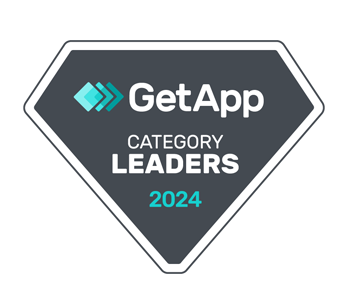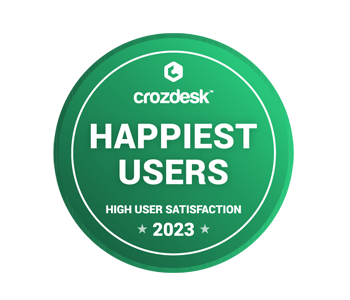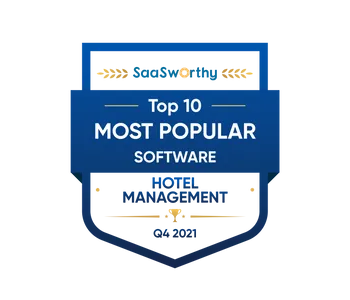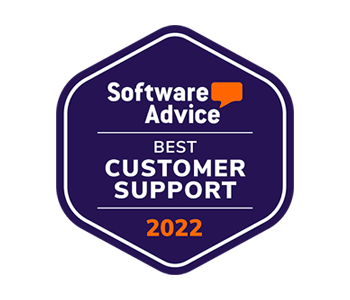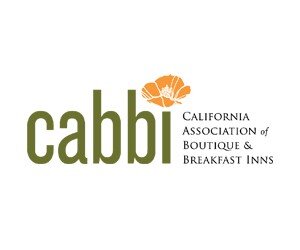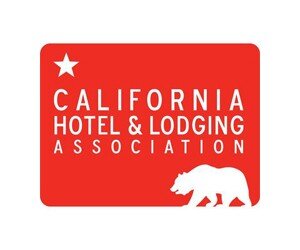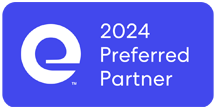The internet is a big place filled with office memes, cat videos, and competitor hotels. And while you don’t have to be everywhere, you do have to be where your target audience is. In addition to a mobile-friendly website, your hotel needs to be on the right OTAs and social media channels.
An estimated 4.9 billion people around the world use social media, which makes social media marketing a must for most hotels (for any kind of business, really). But not all social media channels are the same or have the same audience, so it’s important to keep this in mind when planning and posting content. While you can (and should) repurpose posts for different platforms, you can’t simply copy and paste. Read on for the ins and outs of promoting your property on different social media channels.
First, Choose Channels Based on Your Audience
You don’t need to be on every platform. If your audience doesn’t use a platform, you don’t need to either. Guest data from your property management system can help you determine your most profitable guest segments.
Once you have an idea who your guests are, choose the social media channels that match. For instance, TikTok is popular with Gen Z, while Gen X gravitates towards Facebook and YouTube. You can also investigate the channels your direct competitors use and consider if your property should be there too.
Keep in mind, people use different platforms for different things. Know the main purposes of your platforms and what you’re interrupting. For instance, people may use Facebook to keep up with friends, family, and current events while looking to Instagram for photo/video posting and brand research (in that case you’re not really interrupting anything). Mimic the platform’s organic content as much as possible.
Facebook may be old, but it isn’t dead yet with 72 percent of social media web traffic referrals originating from there. If you want people to click through to your website—and your booking engine—you can’t leave Facebook out.
Eighty percent of Facebook users access it solely through their mobile devices, so consider how your content looks on small screens. It may not be Twitter, but you still don’t need a 10-page treatise…
Facebook ads allow you to define your audience and specifically target people who plan to travel. When creating an ad campaign, use SMART goals (specific, measurable, achievable, relevant, and time-bound) or a similar framework to ensure you hit your target. Know who and what you’re aiming for—is it an increased number of followers or website click throughs?—and what you can do with the budget you have. This holds true across social media networks. Set goals, then start boosting. Not the other way around.
You can use Facebook pixel (now Meta pixel) to measure ad performance. This pixel is a bit of code installed on your website that records conversions and enables you to retarget customers (advertise to customers that considered buying from you previously) and build target audiences for future marketing. Facebook and Instagram are both owned by Meta, so Instagram ads are covered by Meta pixel too.
Lastly, link to your direct booking engine (via a “Book Now” CTA button) in your Facebook header. If customers are ready to book, you want to snag them before they change their minds.
Instagram is a big one for the travel industry with over two-thirds of vacationers looking to it for inspiration. It’s where all those white sand beach pictures go. If you don’t have a white sand beach, snap a pic of your pool instead. Your property’s views, amenities, attractions, and anything with a cute animal or food plate in it are fair game to showcase. (The cute animal should not be on the food plate, mind you.)
When in doubt, keep images simple with a clear focus. Too many extraneous shapes or labels can look busy and make it harder for the viewer to concentrate on what’s important (that stunning white sand beach).
Consider brand cohesion. Try to develop a style for your posts that reflects your property’s personality. Look for a discreet place to put your logo where it doesn’t clash with the image. Maintaining a cohesive look and feel on your account helps reinforce branding and tell your story.
Brand cohesion extends to more than visuals. How do your captions sound? Are they consistent? Pick a tone and stick to it. Don’t neglect your bio either—it’s a great place for a call to action.
To increase engagement, take advantage of Reels and Stories. Though Instagram started out as a photo app, it has evolved since then, and viewers now expect to see video (the algorithm even prioritizes Reels). Tip: You can always save a Story as a Highlight if the thought of all your hard work vanishing makes you wince.
As for advertising, you can boost posts on Instagram, like you would on Facebook, or take advantage of automated ads.
Lastly, share and promote user-generated content (UGC). Over three-quarters of consumers say that UGC “highly impacts” their buying choices. And this goes for other social networks as well. If a guest posted something positive about your property, share it (you may need to ask permission first).
For more Instagram marketing tips, read our Instagram Checklist for Independent Hotels.
YouTube
YouTube is more than just a place where you can while away an afternoon watching way too many unboxing videos. It’s the second-most visited website around the globe. Considering how important video marketing is for hotels to increase engagement, YouTube is almost a no-brainer.
For the best results, you need to hook people while they’re scrolling. When creating video titles, keep them concise and consider SEO. Use keywords in both titles and descriptions.
Don’t simply go with the video thumbnail image that YouTube automatically creates. Take a second to ensure that your thumbnail is something that makes people look twice.
Once you have the viewer’s attention, show them that they were right to give it. Consider the value your video has for that viewer. Is it entertaining or instructive? How does it improve their life?
Finally, tell the viewer what to do next by providing a call to action. Include website and contact information.
Read our guide to creating hotel videos that boost bookings for video-making inspiration.
TikTok
TikTok is the internet’s trendy new object, and it’s worth checking out if you have a significant portion of Gen Z guests. While TikTok videos can be up to ten minutes, this platform emphasizes short-form video (you want a sound-bite, not a feature film).
TikTok has a few different ways to utilize ads. For instance, you can choose in-feed ads (ads that appear in a user’s personal feed) or TopView ads (ads that go right at the top of those feeds). They even allow you to customize effects for your brand.
Common advertising tropes such as branded hashtags, influencer marketing, and user-generated content (UGC) work for TikTok as well. However, TikTok’s focus is on self-expression and personal interests, so when drumming up UGC, ensure that users have the chance to shine a spotlight on themselves as well as your brand.
Authenticity is key, and it’s not an issue if your videos don’t look especially polished. What is an issue is if you choose the same in-room hotel shots as everyone else. This audience doesn’t want to see a bed unless someone’s busting out dance moves on it.
Because of TikTok’s Gen Z demographic, it may even be a good place to advertise for new, entry-level staff. Craigslist is so 2010…
Read our guide to marketing on TikTok for more tips.
Engagement
Social media is a conversation, not a soliloquy. Respond when someone messages you or comments on your posts. Not only is this good marketing, it’s good customer service. In the advancing digital age, customers won’t always pick up the phone or head to your website when they want to engage with you. They’ll go to social media for a fast response. Even if you can’t respond right away, use an automated message to let them know they’re on your radar, ideally with a time frame for when you’ll get back to them.
Comment on other people’s posts as well. Maybe another local business is having an event that could bring new guests into town. Or one of your guests posted a selfie by your pool (in this case, comment and share). To get engagement you have to, well, engage.
Remember, you don’t need to please everyone, you only need to please the people looking for what you offer. Honeymoon couples might not be impressed by those pics of your super-duper waterslide (unless they’re very in touch with their inner child), and that’s okay. Social media success depends on knowing your audience, knowing your platform, and knowing your goals. Aside from that, it’s a case of “have photo, will travel” or at least your guests will!












